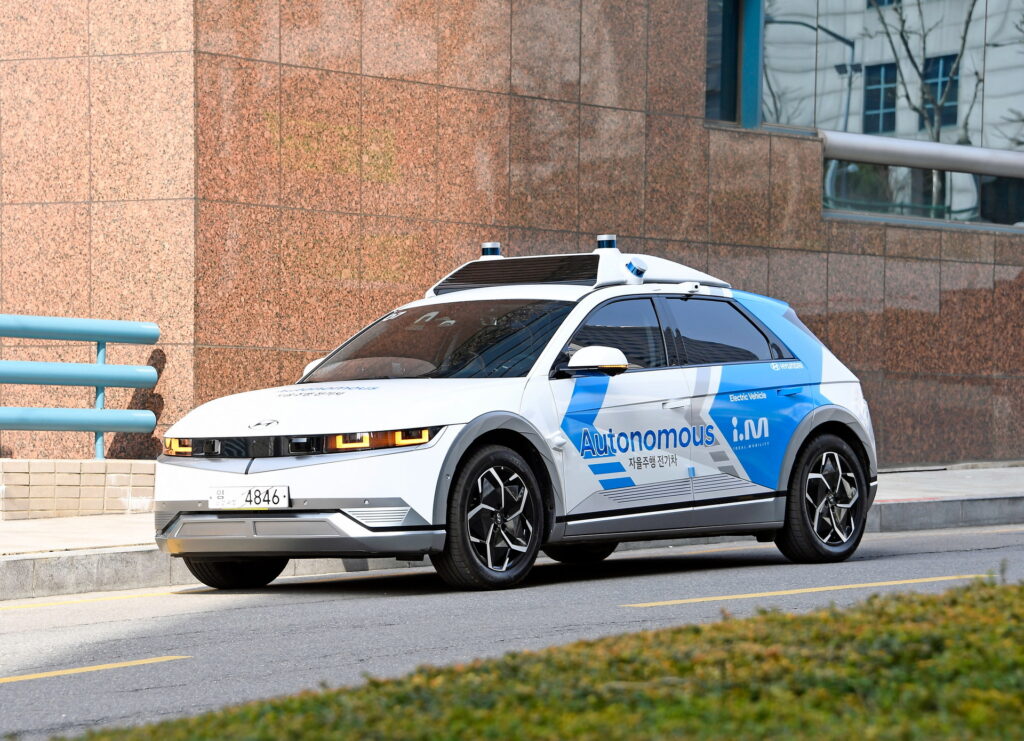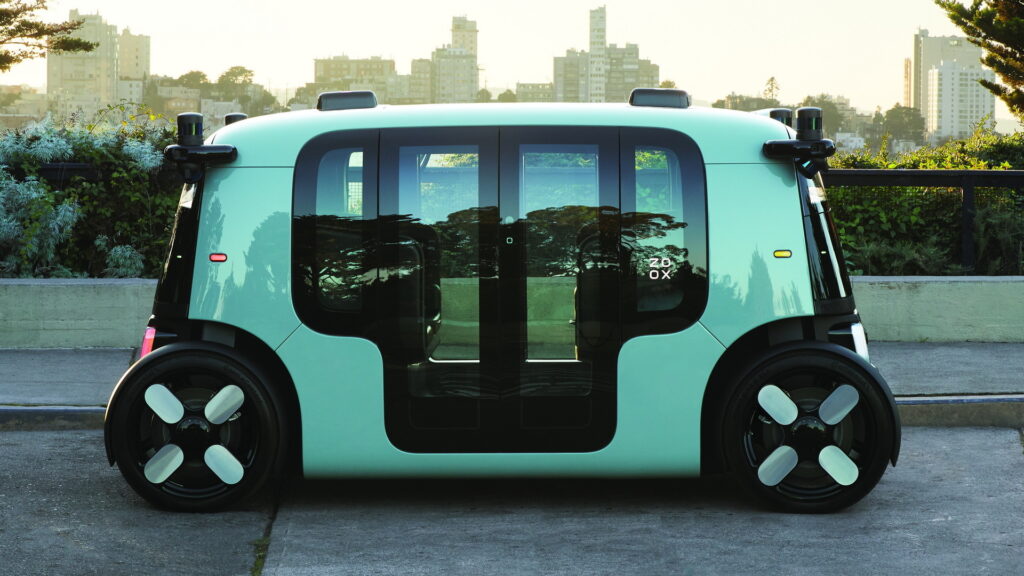A new study from researchers at the Massachusetts Institute of Technology (MIT) suggests that the computing power required to run autonomous vehicles actually makes them quite carbon intensive.
The mass adoption of autonomous vehicles, and the massive amounts of computing they perform while driving, could generate as many greenhouse gas emissions as all the world’s data centers combined produce, the study found.
“These vehicles could actually be using a ton of computer power,” Sertac Karaman, one of the study’s coauthors, told DeZeen. “They have a 360-degree view of the world, so while we have two eyes, they may have 20 eyes, looking all over the place and trying to understand all the things that are happening at the same time.”
Read: Some PHEVs Pollute Vastly More Than Advertised, Even With Charged Batteries

In the study, the team looked at an autonomous vehicle with 10 cameras whose data is being processed by 10 deep neural networks. After one hour of driving, the vehicle would make 21.6 million inferences.
If the technology really took off, and there were a billion autonomous vehicles on the world’s roads (that’s fewer AVs than there are vehicles on the road today), the global fleet would make 21,600 trillion inferences per hour.
In a scenario in which there are a billion AVs on the roads, driving for an hour a day, the power required to process all of that data would emit the equivalent of approximately 0.14 gigatons per year, or 0.3 percent of all global emissions, the study found.
To be clear, that is still significantly less than internal combustion vehicles currently produce – a recent study commissioned by Rivian and Polestar found that passenger vehicles currently account for 15 percent of global greenhouse gas emissions – but an hour of driving per day is quite a conservative estimate. Research suggests that autonomous vehicles are likely to increase the number of miles passenger vehicles travel every day.
The study’s authors believe, though, that finding efficiencies in algorithmic development and more specialized hardware could help reduce autonomous vehicles‘ carbon footprint.
“If we just keep the business-as-usual trends in decarbonization and the current rate of hardware efficiency improvements, it doesn’t seem like it is going to be enough to constrain the emissions from computing onboard autonomous vehicles,” said Soumya Sudhakar, who conducted the study. “This has the potential to become an enormous problem. But if we get ahead of it, we could design more efficient autonomous vehicles that have a smaller carbon footprint from the start.”





